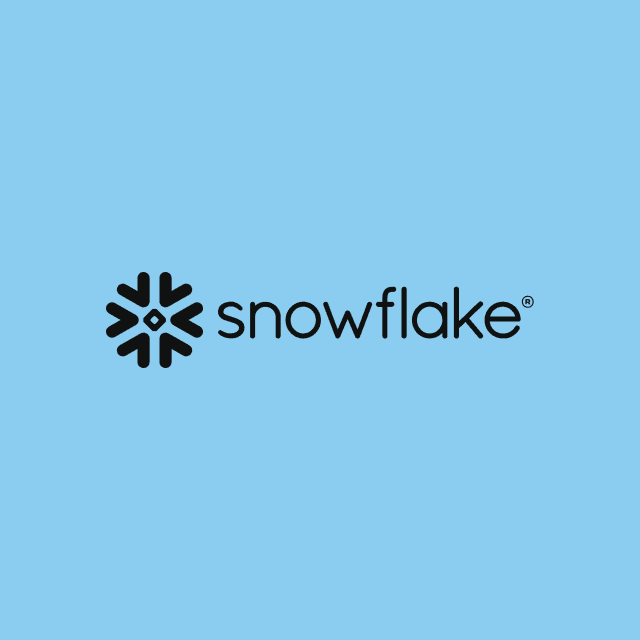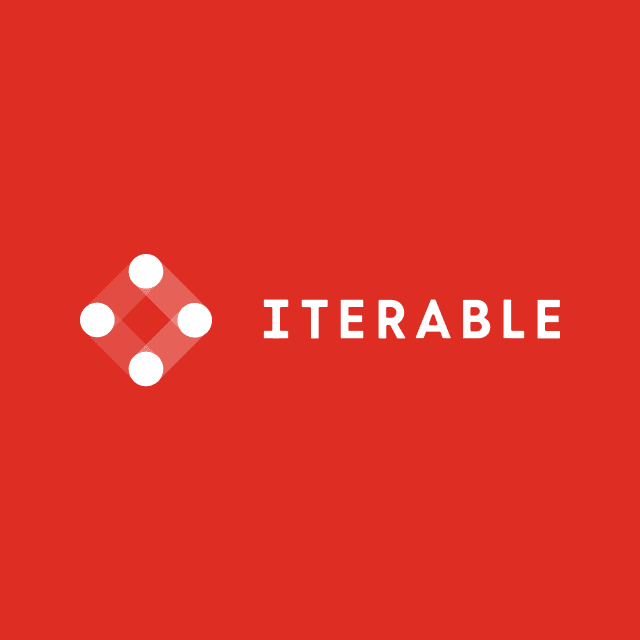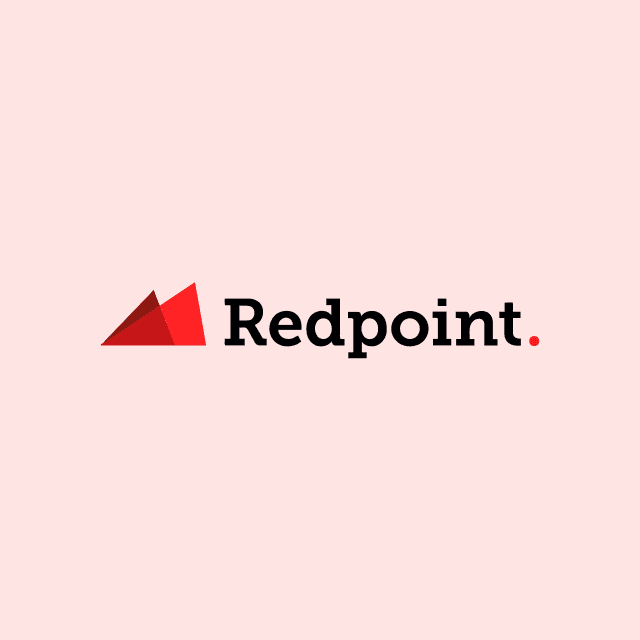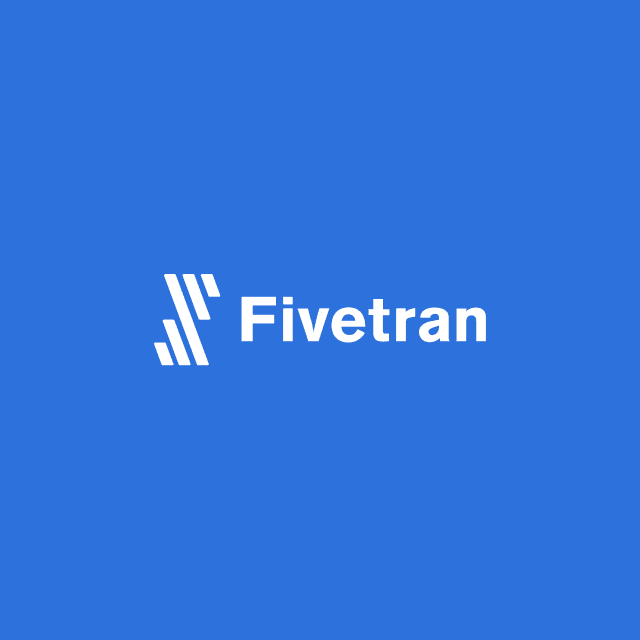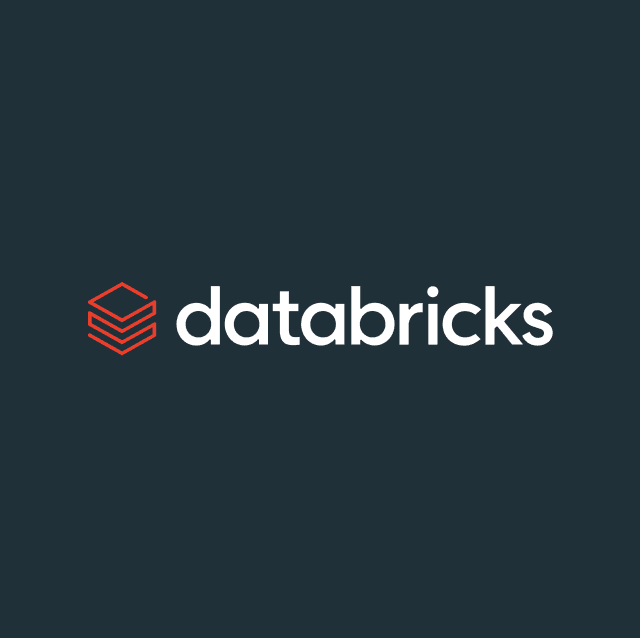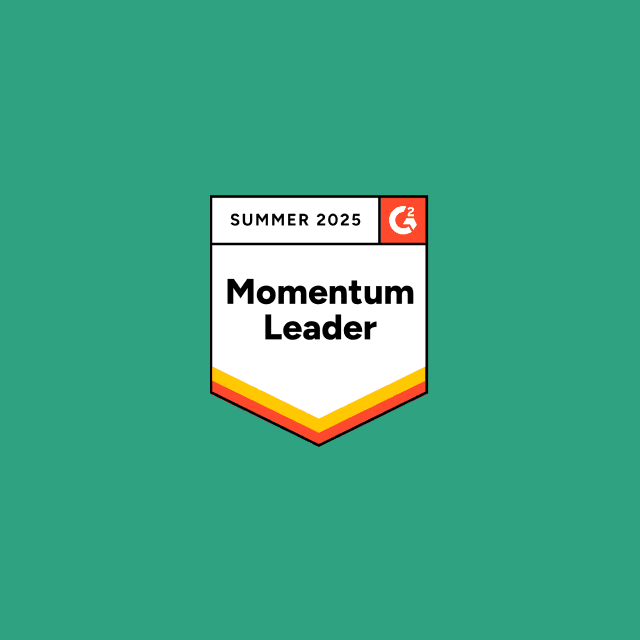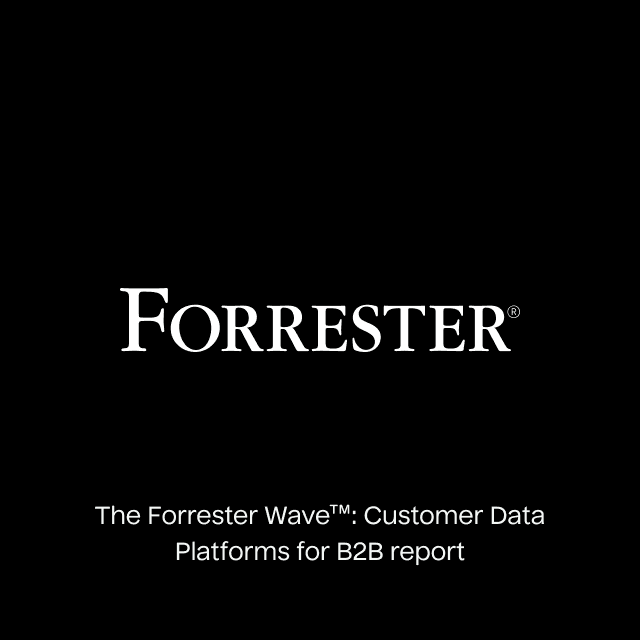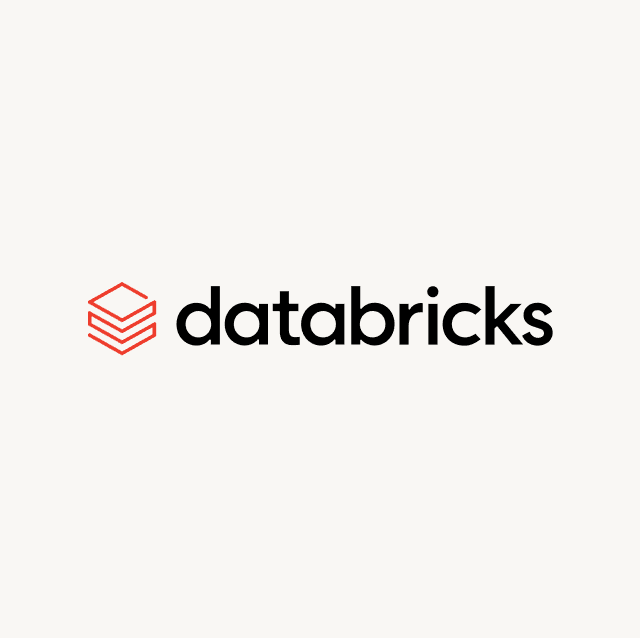What if the most impactful marketing decision you make today is not sending a message to a customer?
We’re accustomed to thinking that more is better in marketing. More sends create more touchpoints and more chances to engage. But here’s the uncomfortable truth: sometimes the best conversion strategy is restraint.
Less marketing isn’t inherently better. But every message you send carries a cost, most of which doesn’t show up in your campaign reports.
Every message has a cost
When you evaluate a marketing campaign, you probably look at the obvious metrics: open and click-through rates, conversions, and unsubscribes. However, the cost of a message goes deeper.
Every message you send to a customer carries hidden consequences:
- Customer attention: Your audience has limited bandwidth, and every communication you send draws from a limited well.
- Brand reputation: Each message shapes how customers perceive you, and determines whether you’re a helpful resource or an irritating noise-maker.
- Future engagement possibility: Your messages today impact whether a customer reads or ignores your future campaigns.
Visible costs like unsubscribes and spam complaints capture only a small part of this impact. Below the surface, overcommunication erodes the relationship that makes sustained marketing outreach possible.
This is the trap of volume-based marketing, like batch-and-blast campaigns, and the sense that more is always better. It promises scale and may even show a short-term lift in your campaign reports. And everyone loves seeing numbers go up on the dashboard, so it’s an easy trap to fall into. The reports only look good until they don’t, though, and when customers start tuning out (81% say they’re ready to unsubscribe because brands send too much), your engagement rates decline. Your sender reputation drops. The lift you gained is swallowed by the trust you lost.
So, how do you scale marketing impact without scaling your negative costs?
How marketers manage suppression today
Marketers already know that message and communication saturation is a problem. To handle it, they use suppression strategies.
These are typically straightforward:
- Static suppression lists: Manually defined segments of customers that should receive specific messages
- Frequency caps: Rules like “no more than three messages a week” to govern single and cross-channel communications
- Gut instinct: Marketers’ intuitions about who should or shouldn’t receive messages
These approaches do work, at least to a point. They’re focused on making single decisions that affect many people, though. There’s no nuance at the individual customer level.
One-size-fits-all frequency caps can’t account for the fact that some customers happily engage with daily emails, while others find even weekly emails overwhelming. Static suppression lists don’t keep up with changes in customer behavior. Manual intuition is valuable, but doesn’t scale. Even a team of experienced marketers can’t evaluate thousands of potential sends with consistency.
Marketers today need to make smart suppression decisions at scale to deliver better customer experiences, but their current tools fall short. Over-suppress and you miss conversions. Under-suppress and you damage relationships and your brand.

The predictive pause button
What if instead of guessing which messages to suppress or relying on static rules, you could predict the impact of messages before you send them?
That’s the principle behind our new Smart Suppression feature within AI Decisioning: predict the incremental lift that each message for a user will generate, and suppress messages that are unlikely to be effective.
Incremental lift is the impact that a message will have because you sent the message. It’s a measure of the difference in conversion likelihood due to your marketing. Not all messages create incremental lift: Some drive conversions, while others maintain engagement and build relationships. Some messages won’t create impact regardless of how great they are.
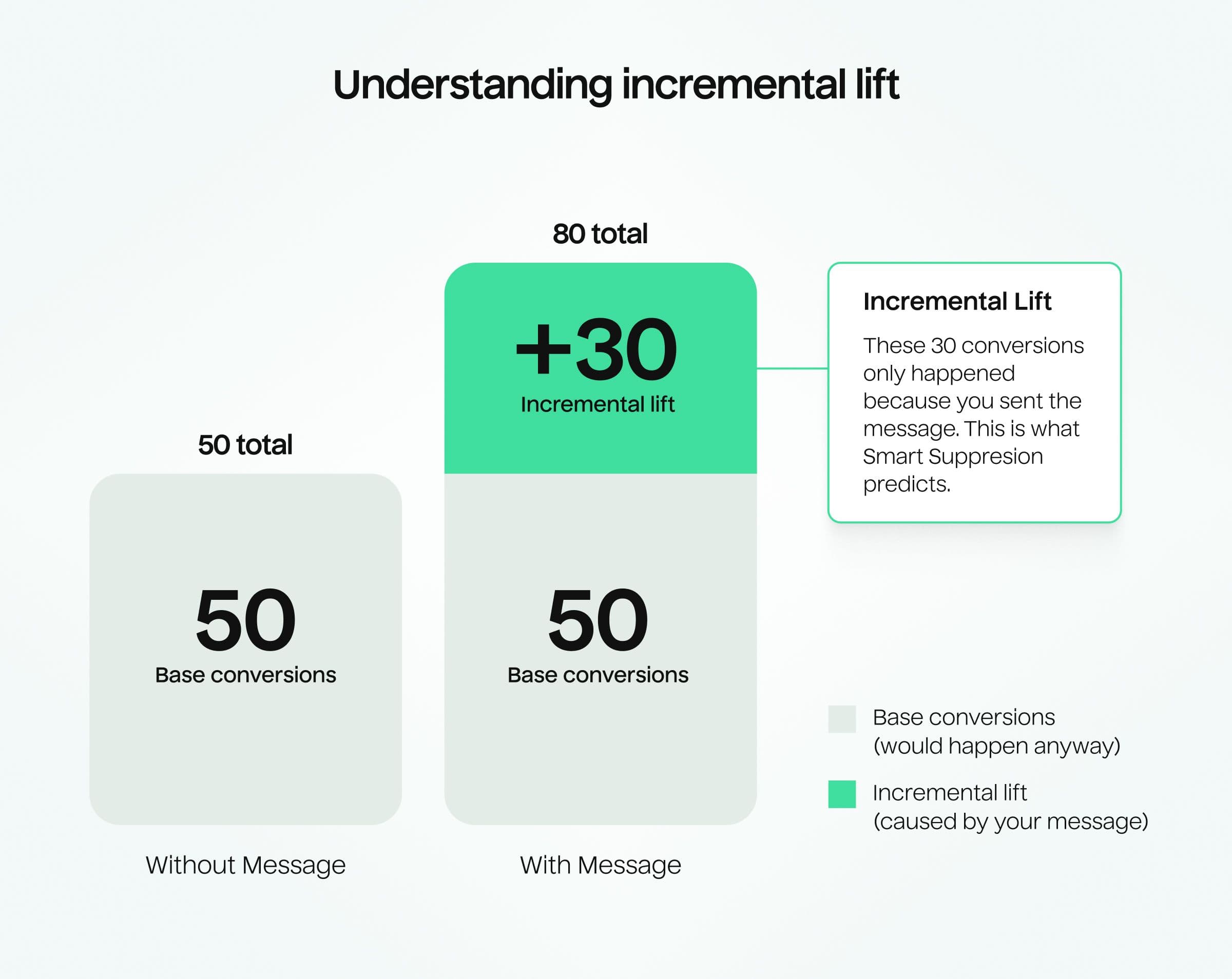
Traditional suppression strategies can’t tell the difference between these messages, as they treat all messages the same. Smart Suppression predicts which specific messages will actually change customer behavior versus which ones are burning goodwill for no return. A customer might happily receive five emails a week if they're relevant and timely, but find even one weekly send annoying if it doesn't match their needs. Smart Suppression makes that distinction at the individual message level, preserving the communications that matter while suppressing the noise.
“Decisioning agents are inherently greedy. They’re designed to maximize outcomes, and if you give them permission to send five times a week, they'll send five times a week. Smart Suppression ensures they focus that volume on messages that actually drive impact, not just fill quotas.”

Rishabh Anand
Product Lead, AI Decisioning at Hightouch
Marketers stay in control, adjusting suppression thresholds directly in the AI Decisioning interface as they review predicted results. If you want to be more aggressive in suppression, toggle the threshold up. If you want to increase reach for an important campaign, adjust it the other way.
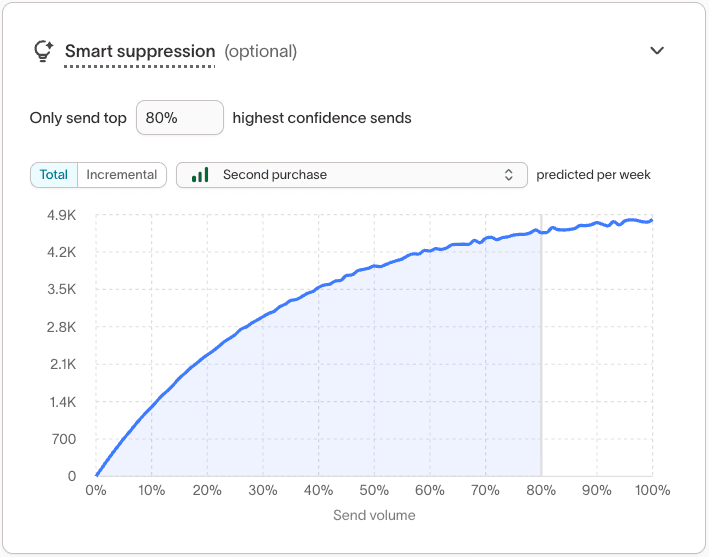
The intelligence is in the prediction, but the strategy is yours.
How Smart Suppression works in AI Decisioning
Smart Suppression works within your AI Decisioning agents, evaluating every potential message before it’s sent and scoring it for incremental lift, the actual impact it would have on customer behavior beyond what would happen naturally.
Here’s how it works:
Scoring each message: For each potential send, Smart Suppression analyzes all the customer data in your warehouse, such as purchase history, browsing behavior, engagement patterns, transaction data, product interactions, and any other signals you're tracking, combined with your historical conversion events to predict: "What's the probability this message will drive the outcome we want?"
Two types of filtering:
Smart Suppression offers two filtering approaches, depending on whether you need predictable volume control or more nuanced audience management:
- Percentile-based thresholds: Suppress messages in the bottom N percent based on their predicted impact. For example, if you set a 30% threshold for suppression, the bottom 30% of messages by predicted lift will be suppressed, while the top 70% will be sent.
- Probabilistic filtering: Instead of a hard cut-off, this uses a probability-based approach. You still set a suppression threshold, but which specific messages will be suppressed is determined probabilistically. Messages with lower predicted impact are more likely to be suppressed, but there's still a chance they'll go through. Messages with higher impact are more likely to be sent. This approach prevents you from accidentally creating a stark "always send to this group, never send to this group" split in your audience, which means more consistent customer experiences and cleaner performance data.
Continuous reevaluation: Customer behaviors change at both the individual and aggregate levels. Someone who was highly engaged a month ago might be fatigued now. Smart Suppression continuously updates predictions from new data, ensuring your suppression approach stays current.
Marketer-adjusted thresholds: You set the thresholds for suppression based on your business goals. For example, you might use a lower suppression threshold for a high-priority product launch, so that you can reach more of your audience. But, for regular promotional messages you might use a higher threshold and optimize for efficiency. While AI Decisioning provides the intelligence, you provide the strategy and control execution.
The benefits of Smart Suppression
So what does Smart Suppression actually deliver?
Directly, you retain conversions while sending fewer messages. Smart Suppression doesn’t just restrict volume; it focuses sends on the right messages. By suppressing low-impact sends, you maintain conversion performance while reducing send counts and unsubscribes.
Sending fewer messages helps protect your brand. Fewer unnecessary messages means fewer unsubscribes, fewer spam complaints, and a stronger sender reputation. You avoid the negative outcomes while actively preserving the customer relationships that make future campaigns effective.
Smart Suppression also delivers control at scale. With predictive intelligence, you can scale marketing efforts while confident that you have sophisticated suppression decisions for every message without manually evaluating each one. Smart Suppression doesn’t just scale your volume, it scales your judgment.
Scale your restraint
Sometimes the best marketing decision is choosing not to send a message.
Smart Suppression lets you make that choice intelligently at scale, for every message and customer, while your AI agents handle personalization across content, timing, and channel. It’s how AI Decisioning helps you make smarter decisions across every dimensions of customer engagement, from what to send to whether to send at all.
You retain conversions that matter while protecting the relationships with customers that drive future performance, and avoid the hidden costs of too many sends that can damage trust in your brand over time.
Hit your goals without hitting every inbox.
Ready to see how Smart Suppression can help you balance performance and customer experience? Request a demo to learn how Hightouch AI Decisioning can transform your campaign strategy.




